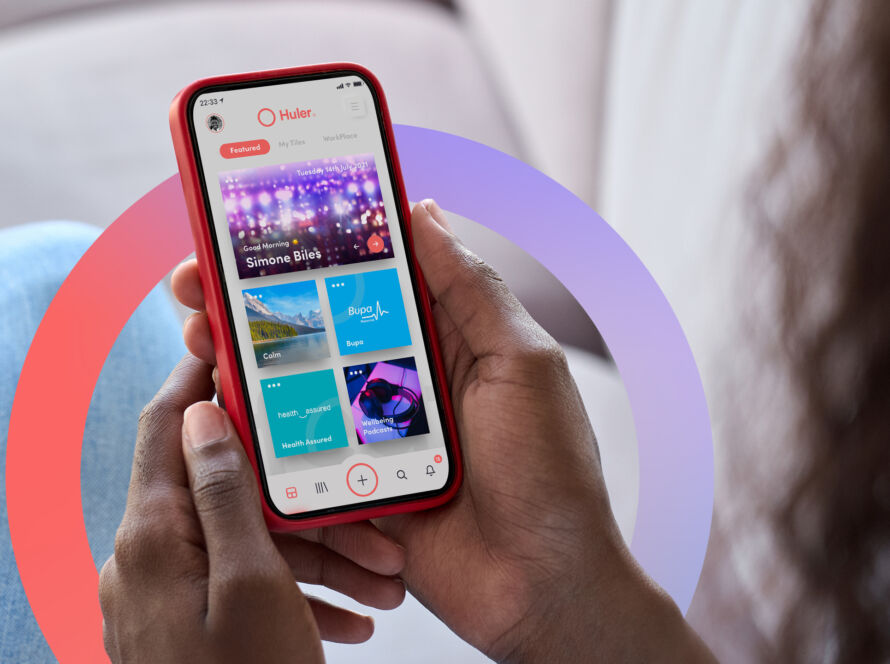When it comes to employee burnout, we believe prevention is better than cure.
Research shows that more than 10 million workers in the UK have called in sick due to burnout, with 2 in 5 admitting it was due to exhaustion, depression, feeling unmotivated and/or overwhelm.
Not only does burnout often lead to absenteeism, it can also lead to high staff turnover and low retention rates, decreased employee engagement, and work fatigue sliding into your profit margins.
Unfortunately, employee burnout is a rising problem that is showing no signs of slowing down. In fact, the World Health Organisation has officially recognised burnout in its International Classification of Diseases.
Organisations are often waiting for their employees to tell them they’re struggling before they intervene, which means we desperately need to rethink how we tackle employee burnout.
Causes of employee burnout
There can be multiple contributors to employee burnout, including:
- Unclear job expectations
- Dysfunctional and/or toxic workplaces
- Work-life imbalance
- Unrealistic workloads
- Poor managerial support
- Lack of social support
- Lack of employee recognition
Hybrid and remote working practices can also have a big part to play. Despite 81% of employees opting to work hybrid or remote, when remote work practices are left unchecked, you will start to see fragmented communication, disconnect, chronic workplace stress, exhaustion and ultimately an increased risk of burnout.
Signs of employee burnout
It’s not uncommon for employees to hide signs of burnout. Reluctance to communicate with managers can often be through fear of looking incompetent.
As a result, it’s up to line managers and HR teams to keep a diligent eye out for signs of performance decline, disengagement, isolation and irritability with colleagues, sensitivity to feedback, and increased absenteeism.
That said, it’s important that we first look at the overall employee experience and how it can be used to prevent burnout in the first place.
The cost of burnout
In the UK alone, £700m in revenue and 80 million working hours are lost each year as a result of burnout.
When you add employee turnover into the mix, this number jumps considerably due to the cost of hiring and retraining.
With this in mind, it’s not only in your people’s interests, but your business’ interests to adopt methods to prevent employee burnout in the first place.
Employee experience matters
Employee experience is essentially how your people perceive their employee journey throughout each of the touchpoints
Deliver a bad employee experience and you’ve got a breeding ground for burnout. Deliver a good one, and you establish a positive workplace culture where your employees feel supported – leading to productive, loyal teams.
Building better employee experience
Organisations need to adopt a holistic view of the employee experience journey, using data and employee feedback to truly understand key areas of improvement
Some key things to consider, include:
- Assessing your culture to ensure it resonates with your values
- Understanding all of your employees to create employee personas to tailor the experience
- Harnessing the power of technology to help your people work faster, smarter and safely
- Pushing upskilling and professional development that is fit for the purpose
- Asking for feedback to refine and adjust your experience to meet the needs of your people
- Instilling a culture of recognition where your employees can feel appreciated
- Turning stress into simplicity by streamlining processes and tools to reduce frustration
To help you get started, complete a free employee experience health check and get a tailored action plan.
Utilising tech to prevent employee burnout
On average, employees in large organisations have to access 187 different apps, which is not only slowing down productivity but creating a frustrated workforce. Ensuring your tech is fit for purpose can considerably improve the employee experience, and adopting a digital employee experience platform (EXP) is a great way to do that.
An EXP can help employees feel connected and make it easier, quicker and more intuitive for employees to communicate, collaborate, and give feedback — but only if your platform is consistent, unified and logical.
Done right, an employee experience platform will:
- Streamline your tools, tech and content
- Improve accessibility and flexibility
- Create meaningful and enjoyable experiences
- Help you foster a sense of employee belonging and connection
- Maximise employee satisfaction
- Bolster performance and productivity
What does a good employee experience platform look like?
Old and outdated intranets are full of outdated content and broken links. They’re also rarely accessible as they’re often network-restricted which means employees are rarely using them.
A great employee experience platform will allow you to:
- Tailor your employee experience: Personalisation features allow your employees to feel more connected and increases overall satisfaction
- Share relevant content: Content libraries will allow you to ensure your people have access to the information that matters most such as learning libraries and onboarding guides.
- Seamless integration: Unify your existing systems and content for a great user experience.
- Useful analytics: Real-time reports ensures better engagement and understand how teams are interacting with your content and tools to maximise ROI.
Without blowing our own trumpet, Huler’s Employee Experience Platform, HulerHub, can help you dramatically improve employee experience and prevent burnout in a digital age.
It’s been designed with the modern workplace in mind, offering flexibility and accessibility for hybrid and remote working models.




